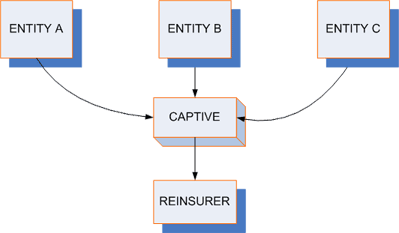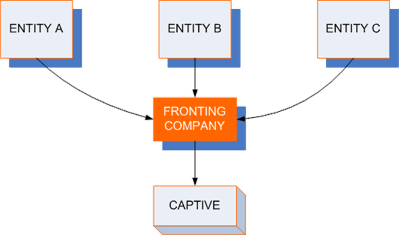Captive FAQs
What is a captive?
A captive insurance company is a legal entity formed to insure and reinsure risks. A captive usually insures the exposures and risk of its parent and/or affiliates or a number of similar corporations (e.g., such as a trade association)
What are the types of captives?
Captive insurance companies fall into 3 broad categories:
- Pure captives — A company that is a wholly-owned insurance subsidiary and usually insures the risk of its parent and affiliates.
- Group captives — A company that insures the risk of the member organizations of the sponsoring associate and its affiliates.
- Rent-a-captive — An entity whose owner is not necessarily the insured. The owner posts the capital, and then rents out space within the facility to outside parties who wish to participate in a captive without owning it.
What are the advantages of a captive?
- Cost Reduction — A captive can reduce the overall cost of an insurance program by retaining the premium for the expected losses thereby avoiding the premium loading for a commercial insurer’s overhead and profit.
- Improved cash flow — The captive has control of its premium flow. It can be held to pay future losses and invested. This income can be used to offset the cost of running the captive.
- Enhanced risk management — A centralized risk management program can improve and promote better loss control.
- Availability of coverage — The captive can be utilized in resolving market cycles and providing a continuity of coverage for a price the insured is prepared to pay.
- Access to reinsurance markets — The captive can have direct access to the reinsurance markets around the world. This can help to lower the program costs.
- Insurance program flexibility — A captive can tailor its own insurance policy for the coverage the parent requires.
What are the disadvantages of a captive?
- Capital — A captive requires a minimum capital commitment that is agreed to by the insurance regulator in the captive’s domicile. This capital supports the level of writings of the captive.
- Risk of adverse results — Ultimately the captive will be at risk of adverse underwriting results. However a captive program is generally structured to minimize such risks.
- Costs — The formation and operation of a captive is costly. Such costs include, but are not limited to, implementation costs, management fees, professional fees, regulatory fees and taxes. A captive also requires a time commitment of its sponsor.
What are typical captive structures?
Direct Captives: A direct writing captive would issue policies on a direct basis. Amounts in excess of its targeted retention could be reinsured.

Reinsurance captives: A reinsurance captive would reinsure a fronting insurance company.

How do you put a captive together?
- Step 1 – Develop a business plan. Select a domicile and key service providers.
- Step 2 – Have an introductory meeting with the domicile Insurance Department to present your business plan.
- Step 3 – Finalize the captive application and submit it.
- Step 4 – Respond to inquiries from the Insurance Department and revise the business plan accordingly. Receive approval.
- Step 5 – Incorporate and capitalize company.
- Step 6 – Commence operations
